Marisa Wojcik:
Welcome to Noon Wednesday, I’m Marisa Wojcik, a multimedia journalist with Here & Now on Wisconsin Public Television. Today, we are talking about history but there’s news with our history. We’re talking about new ways of documenting history and how that changes what the story is and what we are remembering. So you might notice we’re not in our normal Noon Wednesday setting. We are actually live at the Wisconsin Historical Society, and we’re joined by Tanika Apaloo. She is the Community Engagement and Diversity Liaison for the Wisconsin Historical Society, and thanks so much for being here.
Tanika Apaloo:
Thank you, Marisa, for having me.
Marisa Wojcik:
So, I want to make sure that we understand, just a little bit about what your job is because that can explain a lot about this oral history project.
Tanika Apaloo:
Absolutely. Well I was brought on in the fall of 2016 as initially as the Coordinator of Adult Education. And in that role I was charged with leading efforts to create a speaker’s bureau for the society, as well as planning events and more specifically to target underrepresented and underserved communities throughout the state. The society realized that that was an area that was lacking and that they wanted to you know, in line with their vision and values, make more of a concerted effort to reach out to those groups. So, I was brought in to serve in that capacity.
Marisa Wojcik:
And so how did the evolution of deciding, we want to collect individual stories through oral history come about?
Tanika Apaloo:
Well, it was through that engagement. It was through the outreach that I made, I began making with communities. Mostly throughout Southern Wisconsin at that point. As I began reaching out to individuals, stories started to come about. They were excited to be contacted. They were excited to be able to tell their stories. And so in addition to just being present at events and offering our services and our institutional knowledge, they wanted to also make sure that their stories were told. And there wasn’t a way that I could ignore obviously that piece of it. And so in the fall of 2016, I began in a very casual way, conducting oral history interviews.
Marisa Wojcik:
And it’s kind of changing the pipeline of information. Normally people come to the historical society seeking historical information, but you are changing that flow and you’re almost empowering people to deliver their history to the society. Is that right?
Tanika Apaloo:
Absolutely. Again, in line with us wanting to reach out and be more representative of Wisconsin’s diverse history. We realized again that a lot of the stories had not been told and had not been included in our archives and in our repertoire of history artifacts. And so, in the process of gathering these stories, absolutely individuals were empowered both by realizing that their stories were in fact historic. And it was also enlightening to our organization to again to realize what some of those stories were for the first time. Because this level of engagement and outreach had not necessarily been done to some of these communities. Again, a lot of the stories had gone untold. And so, we found individuals once being, once they were invited into our building, discovering more about their own genealogies. Discovering more about what it is that we did have in our collections and wanting to learn more. Seeking more knowledge about their history and about Wisconsin history in general.
Marisa Wojcik:
How does the format with which history is collected and documented change whose story is told because very specifically you wanted this to be an oral histories project because traditionally things that are written down from years and years ago that are either at the society or are scholarly, they tend to tell only a certain person’s story. So how is this changing that conversation?
Tanika Apaloo:
Well it’s bringing stories in from every day people. You know again very much so it depends on who it is that’s going out and seeking knowledge. And so, in my role and in my capacity because I’m specifically reaching out to underrepresented underserved communities, first of all those stories are being included. It’s shining a completely new light on the way our history and our collections are now being developed. So, from one oral history project, we may not only have a story from that individual but also an item may come into our collections. I’ve been able to partner with curators on our staff to collect for example a NAACP T-shirt that was worn by an individual who participated in the Fair Housing Marches in 1967, 68. And so not only are we getting these stories but it’s broadening our collections. Both museum collections and archival collections. And broadening them in a way that may not have occurred had again this level of outreach and engagement had not occurred.
Marisa Wojcik:
And it seems like it’s creating this kind of rich layered effect ’cause one of your projects also included going to African American churches and collecting choir robes. But also, individual stories of the robe that belonged to that individual right?
Tanika Apaloo:
Well, actually, you know, choir robes I found through that oral history interview are quite expensive. And so, after getting more information from the musical director that we interviewed, Mr. Leotha Stanley. We ultimately ended up collecting a children’s choir robe. However, the history that he was able to provide for his own background, for the background of the church, and for the background of the individuals who wore that particular choir robe or wore robes like that was invaluable to our collections. To the history that can then be added on to what we may have already had about the church. In our discussions with Mister Stanley we discovered that that church was the second oldest African American church in the Madison area. And you know through his interview, he talked about not only the quality of the robe itself, but he talked about individuals’ feelings when they wore the robe. And you know again that gives a completely different perspective on museum items. We see an item and we may admire it for its color, its purpose. But we don’t think about what it is that the individuals who are wearing them may feel. And so again it absolutely is giving much you want them to be. It’s taken some time. I’ve been here for almost three years and even though I’m an African American woman and most of my outreach has occurred in the African American community, it still, you know I’m still a representative of a state agency. And so there’s still a bit of apprehension about how much they’re willing to share with me at times. And whether they’re willing to share at all in the first place. But showing up and consistent. You know being consistent. And being genuine in our much deeper depth to both our archival and collection items. And helping us to learn more about the community that we’re working in and that we want to further engage with.
Marisa Wojcik:
How important was the relationship building component of this project because, sometimes there can be a lack of trust in a big state institution that has maybe not recognized certain voices for so many years. How do you break down those barriers?
Tanika Apaloo:
I’d say the most important thing is showing up. Actually, putting your time and your resources where you say offerings has absolutely changed and improved the relationship with a lot of these communities that have not been reached out to previously. And so, you know when you repeatedly make an offering, it’s not just a onetime thing where-e you’re trying to maybe get something in return. And they see you’re repeatedly showing up. They begin to build that trust. That trust is built rather. That has made all the difference. It took about I think a year before people started reaching out to me after I had begun my outreach efforts. And that was a phenomenal thing to experience. Because of course that’s our goal. You know is that people will feel comfortable enough reaching out on their own as a result of the outreach efforts that we’re making.
Marisa Wojcik:
And so, you said a lot of the work you’ve done so far has been in the African American community. And the historical society is focusing on some new things with Black History Month. Can you tell us a little bit about what happened last night?
Tanika Apaloo:
Absolutely. So shortly after starting, one of the endeavors that I began was starting up annual Black History Month celebration. So the first one occurred in February of 2017 and we had a about a few months to plan it. We did as much outreach as possible but wasn’t quite sure how many people would show up quite frankly. This was the first time something like this had been done. We for that first event had actually the choir come out. We had a caterer bring soul food. We had a step exhibition by an undergraduate chapter of the Sigmas and the Zetas here on the UW campus. And we had great response. And so, we’ve repeated that effort for the last three years and last year was our third annual Black History Month Open House event. And so, our initial crowd was around 50 community members. Which was to the society a great success. Now based on some events that I had done previously, I was like oh no. Only 50 people showed you know. But this was huge progress for the society. Again, this was something, a new territory that they were venturing into, a new community. And every year the event has grown. So last year we had about 80. 80 community members. And last night I’d say we had our largest crowd ever. We hosted 150 community members. And we extended an invitation to the Lieutenant Governor, Mister Mandela Barnes, and he was gracious enough to accept and came out and spoke at the opening of our program. During the program we also, in our outreach efforts currently we’re in the process of planning for a new museum. And so I thought that during last night’s event it would be a great idea to step up our level of engagement. And host a listening session for the community during the program portion of the evening. The audience responded exactly the way we had hoped they would. And so that was the first of eight multicultural sessions that we will be holding around the state. And again, it was exactly what it is that we had hoped for.
Marisa Wojcik:
Where can people find more information if they are interested in reaching out to you and telling their story to the society?
Tanika Apaloo:
Absolutely. And so, they can certainly contact me directly. My email address, I can give that out is [email protected] and if they want to learn more about our efforts to research and plan for a new history museum, they can go to our website at wisconsinhistory.org/shareyourvoice.
Marisa Wojcik:
And just so everyone knows, this isn’t just about the African American community. This is about any and all people that are from Wisconsin, live in Wisconsin now, or their family roots are in Wisconsin. Anything related to that it’s everyone that’s a citizen here.
Tanika Apaloo:
Absolutely. And so, the multicultural sessions again, there will be seven additional sessions held for that that we’re targeting underrepresented groups for. However overall we’re holding over 40 listening sessions across the state. And absolutely we’re opening this planning process up to all of Wisconsin’s residents to make sure that everyone’s voice is heard. From every level of socioeconomic status to every background. Whether you’re citizens of Wisconsin or new to Wisconsin, we want everyone’s stories to be included.
Marisa Wojcik:
Well, thank you so much for telling us about this. I can’t wait to hear some of these stories that are coming out of your projects. So, it’s really exciting and thank you so much for letting us come to the Historical Society and tell people a little bit more about your work.
Tanika Apaloo:
Absolutely. Thank you for having me, Marisa.
Marisa Wojcik:
Well if you want to see more from Here & Now and Wisconsin Public Television, you can visit wpt.org and again the historical society’s website is?
Tanika Apaloo:
www.wisconsinhistory.org
Marisa Wojcik:
Okay and if you want to see more of Here & Now, you can see it live at 7 p.m. on Friday evenings. And we’ll be back next week with another Noon Wednesday and thank you so much for joining us today on Noon Wednesday.
Search Episodes
News Stories from PBS Wisconsin

Donate to sign up. Activate and sign in to Passport. It's that easy to help PBS Wisconsin serve your community through media that educates, inspires, and entertains.
Make your membership gift today
Only for new users: Activate Passport using your code or email address
Already a member?
Look up my account
Need some help? Go to FAQ or visit PBS Passport Help
Need help accessing PBS Wisconsin anywhere?
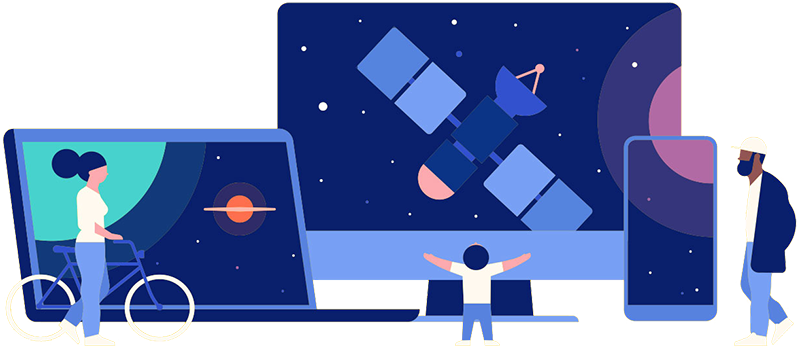
Online Access | Platform & Device Access | Cable or Satellite Access | Over-The-Air Access
Visit Access Guide
Need help accessing PBS Wisconsin anywhere?

Visit Our
Live TV Access Guide
Online AccessPlatform & Device Access
Cable or Satellite Access
Over-The-Air Access
Visit Access Guide
 Passport
Passport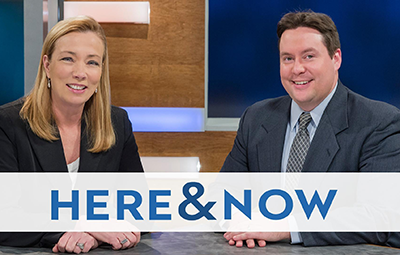

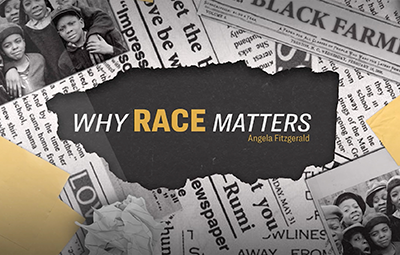
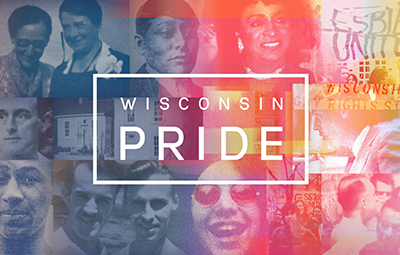
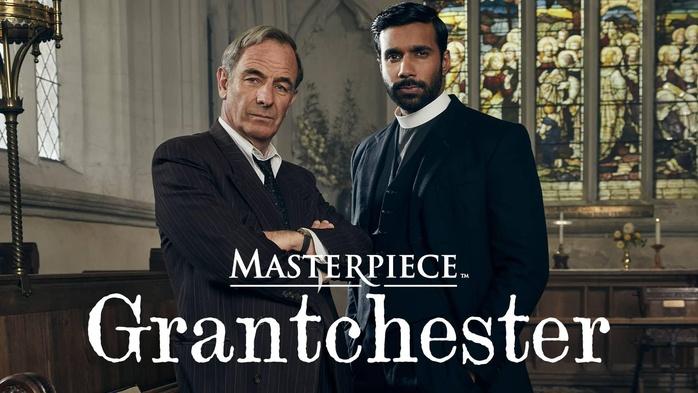

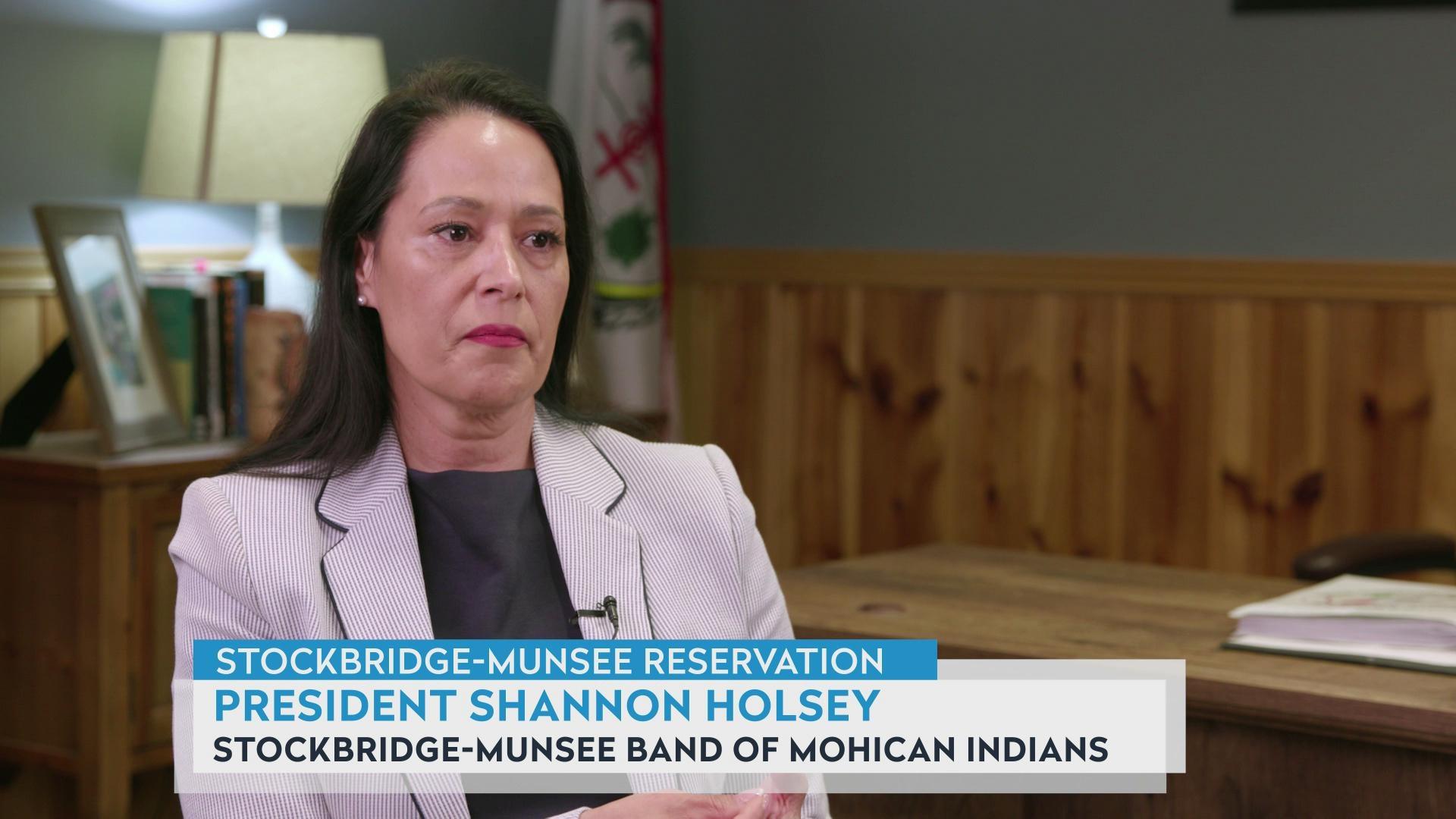

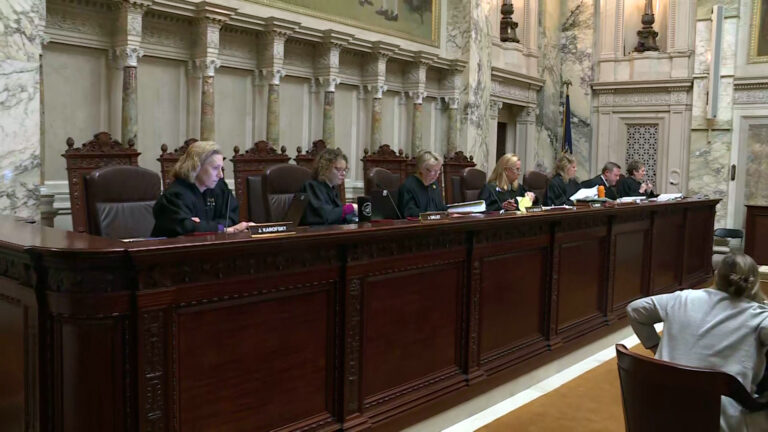
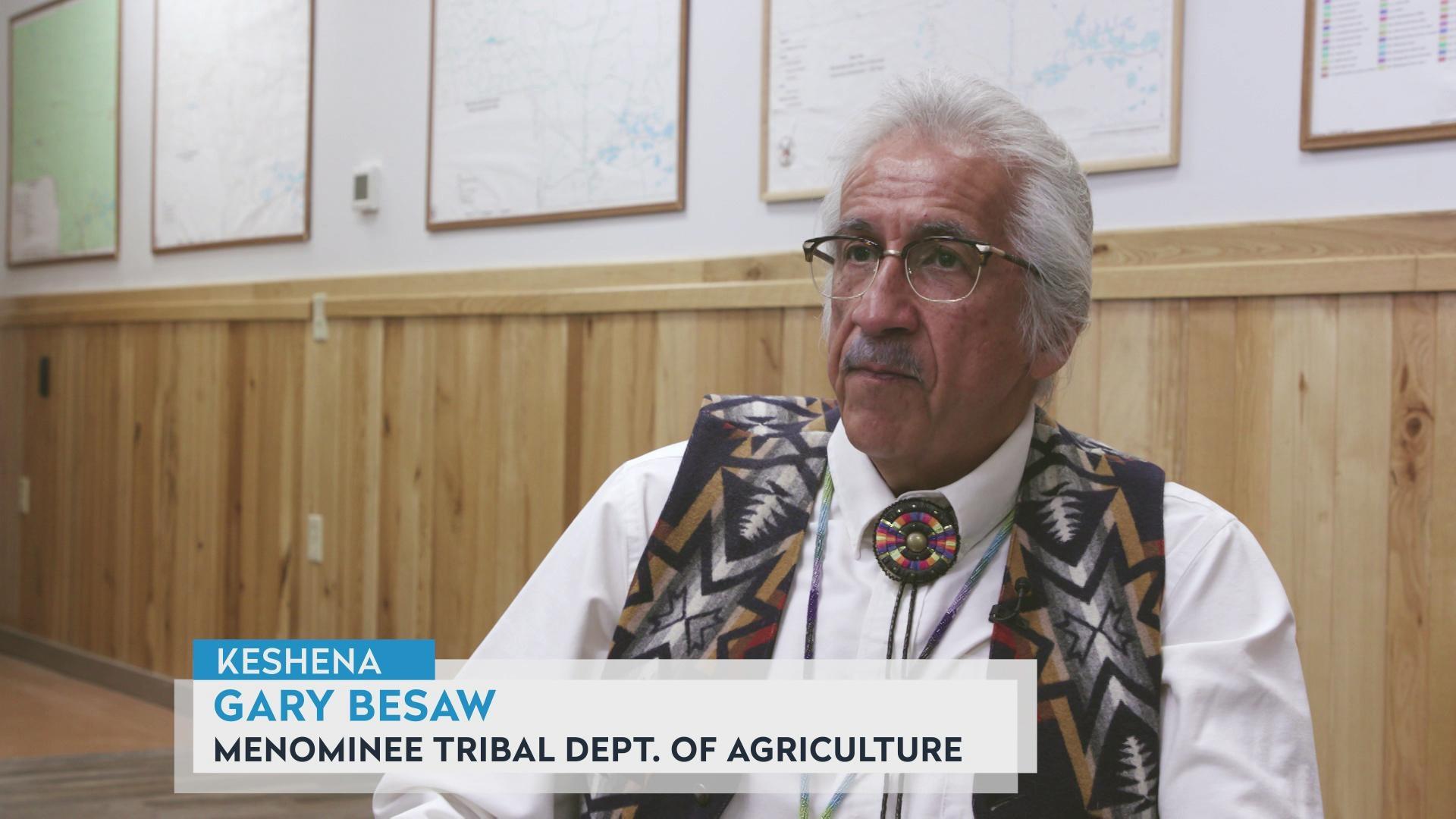
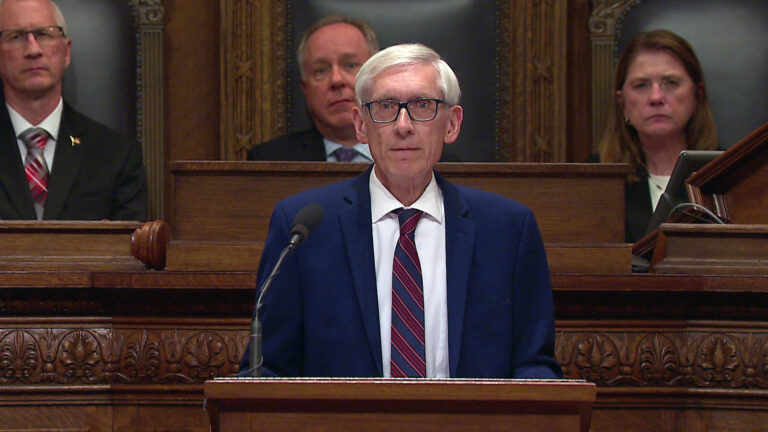

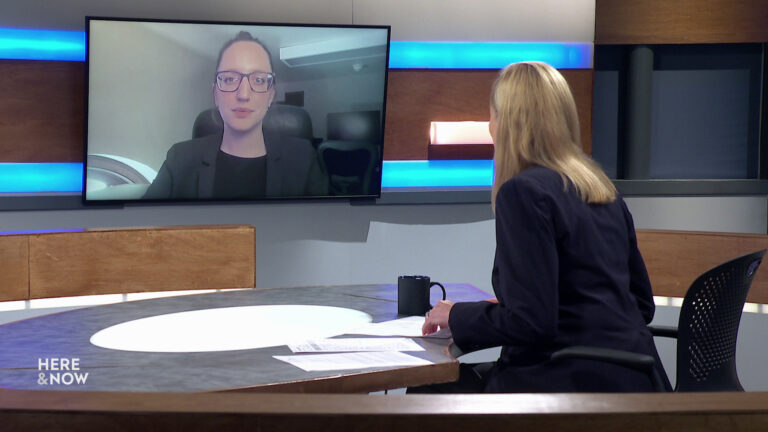
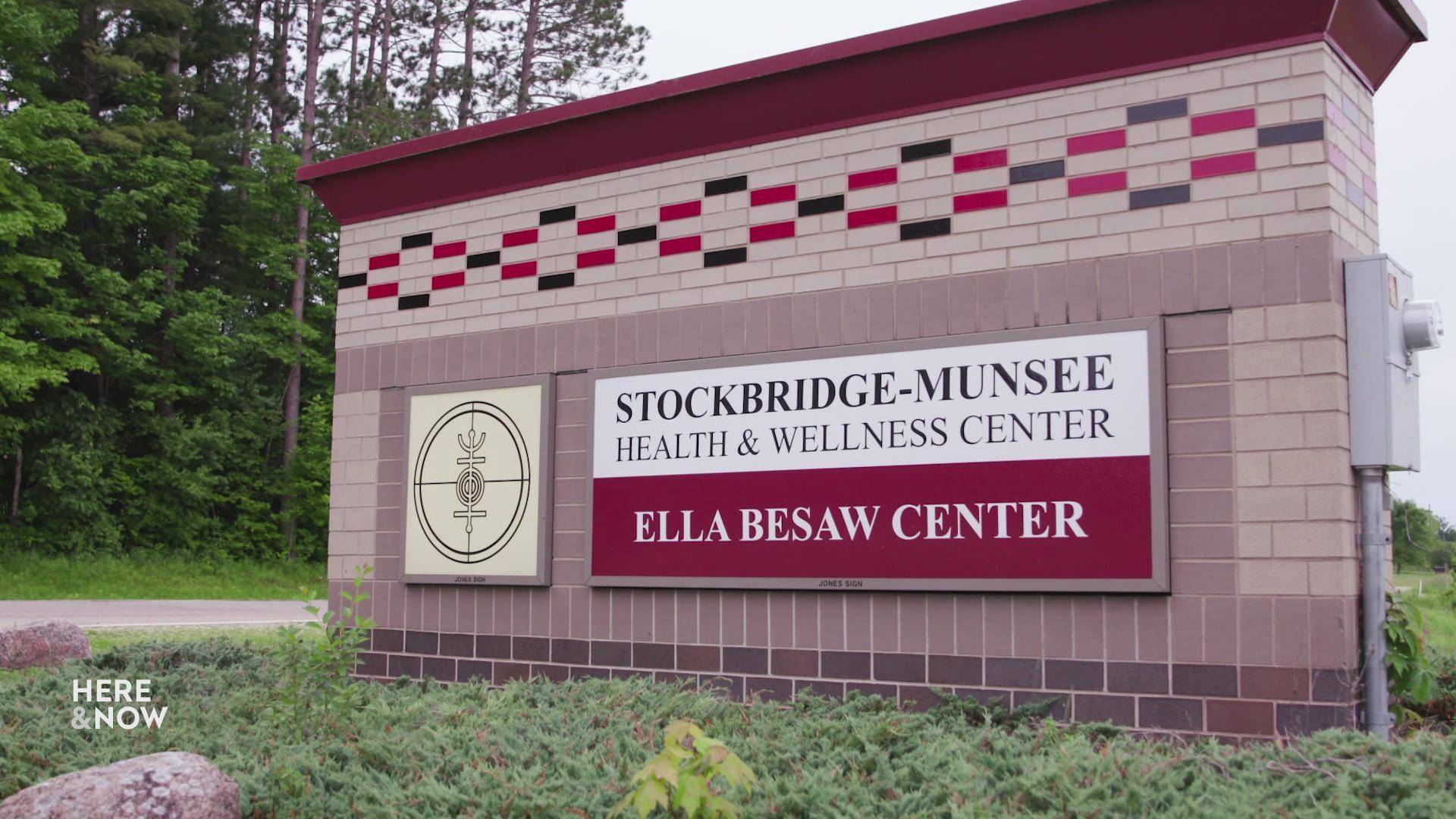
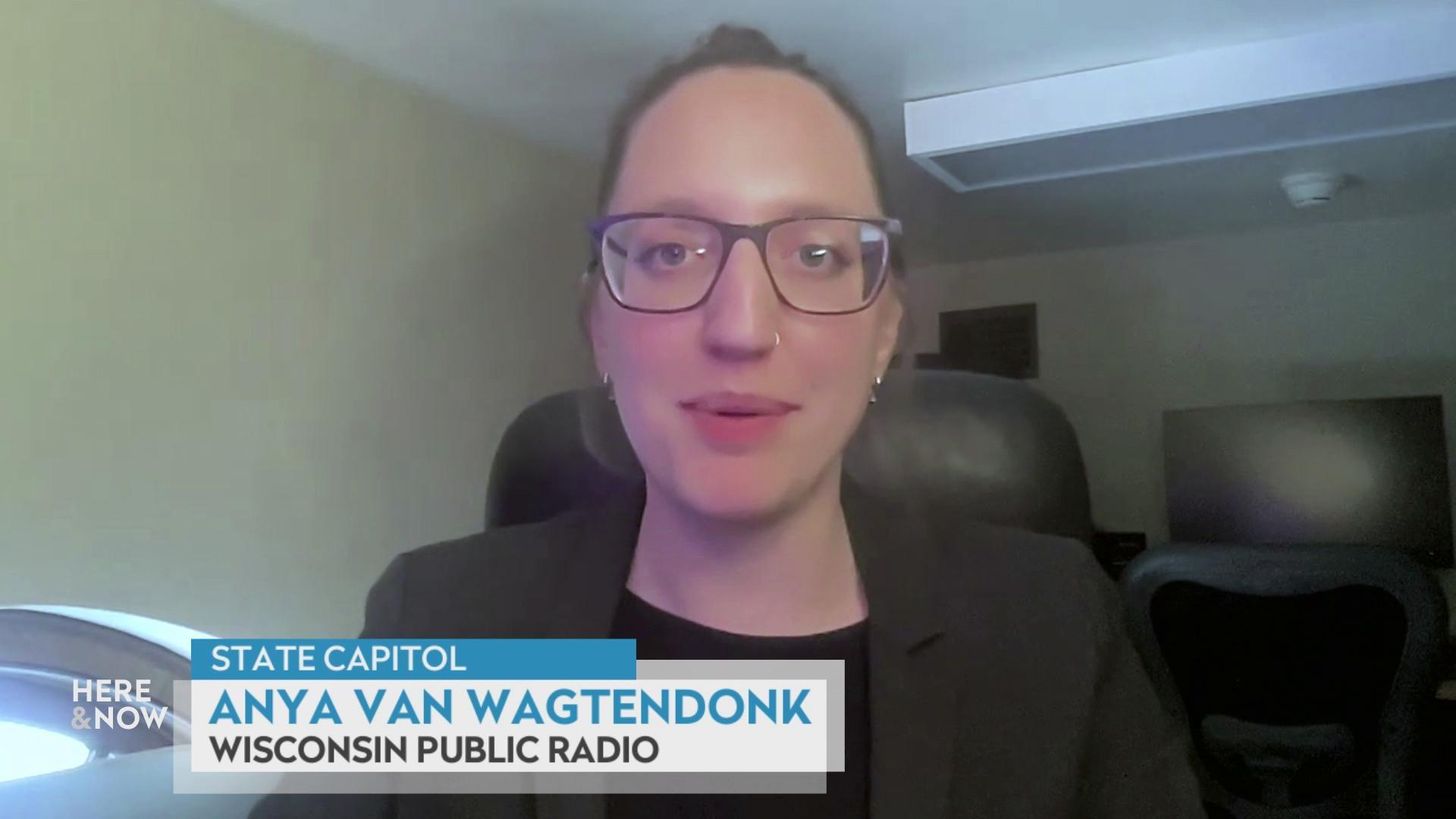
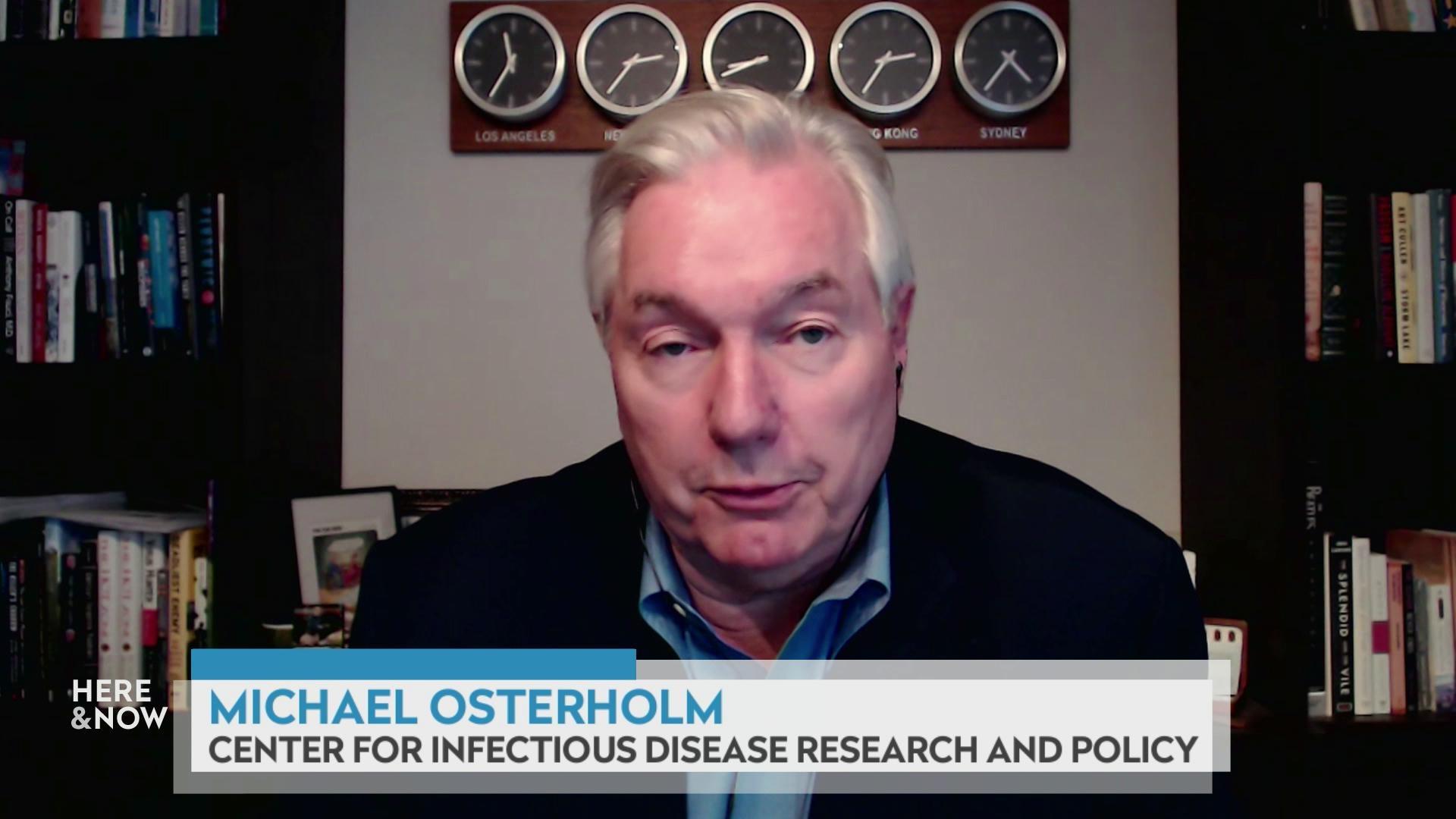
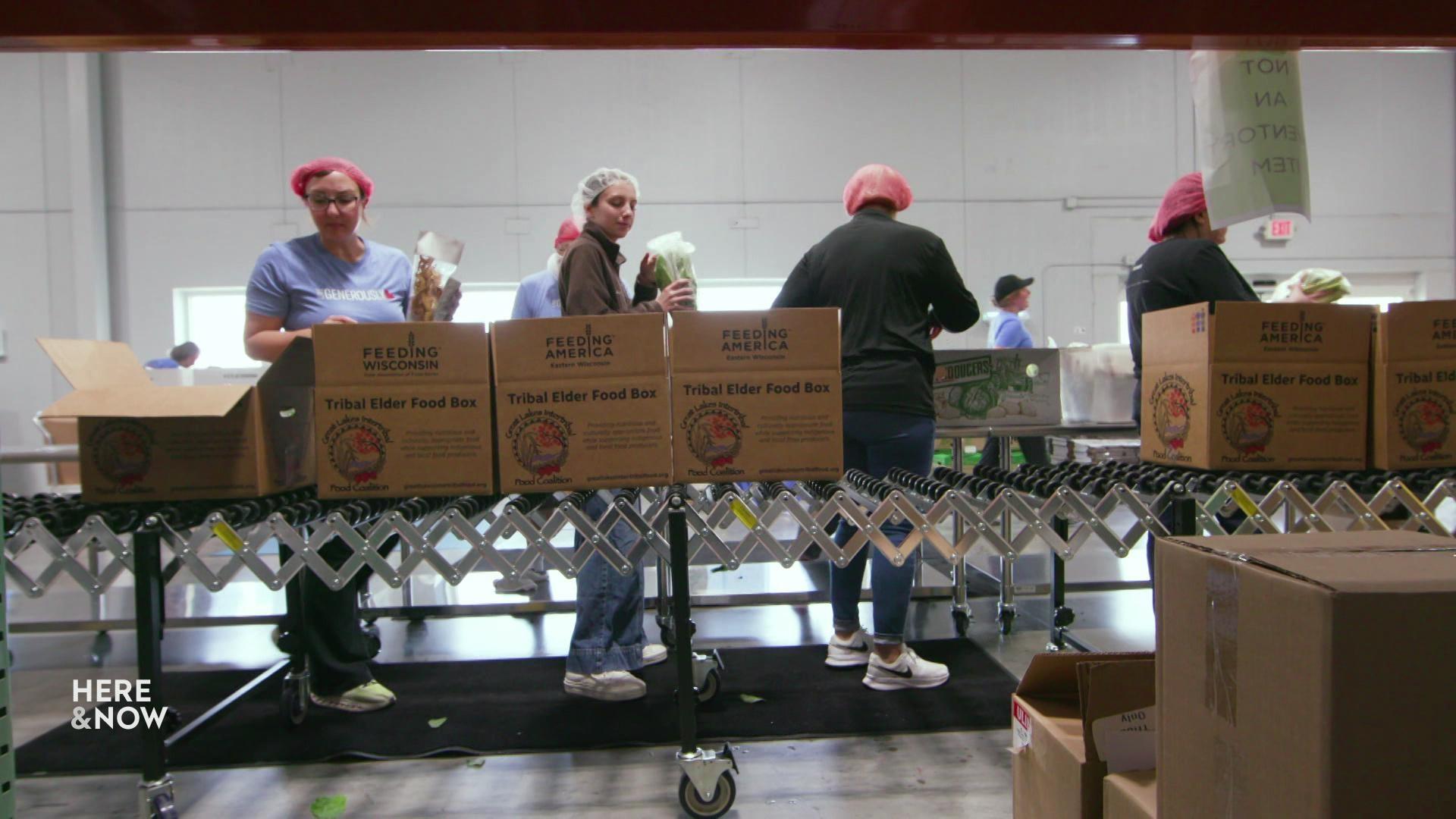
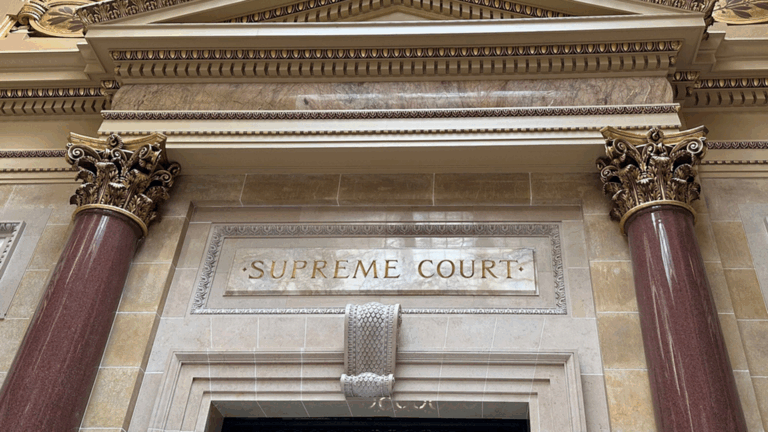

Follow Us